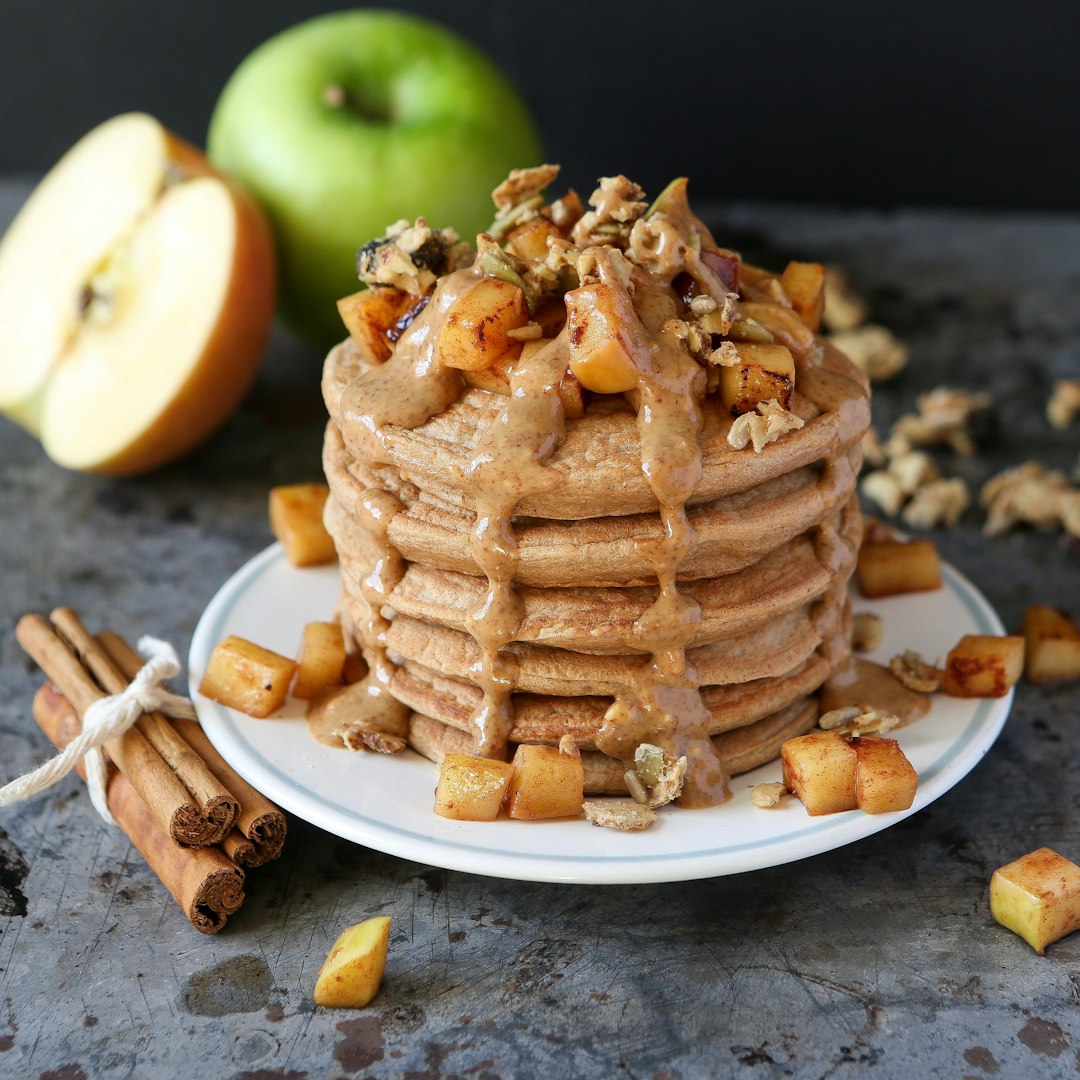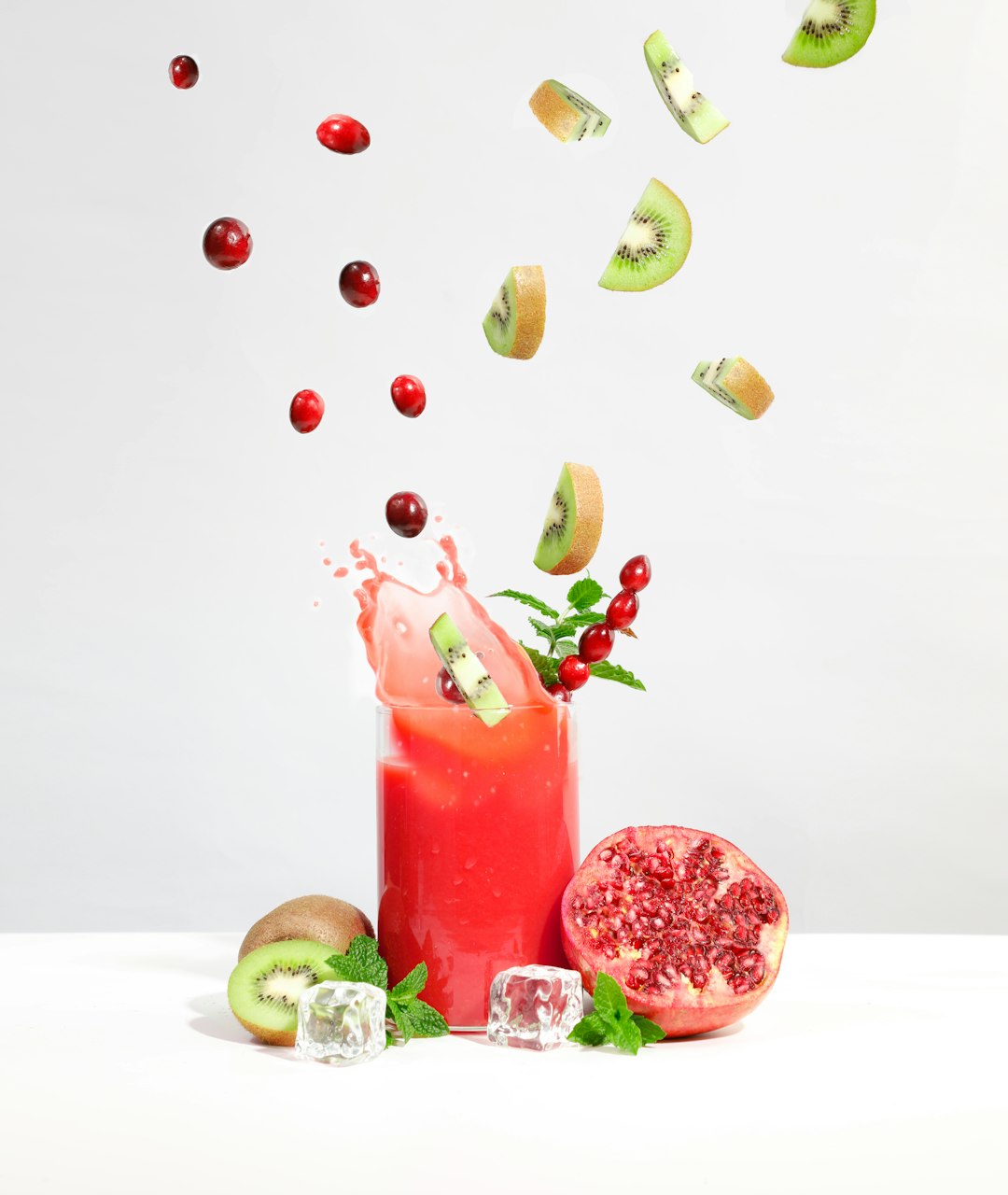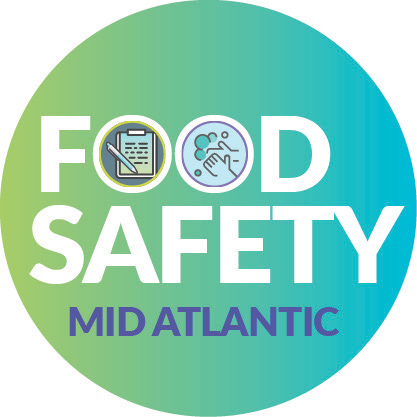
Food Texture
This article continues my discussion about ultra-processed foods by looking at the idea of the matrix and how this alters our feeling of fullness.
Much of what we eat is biological material, and either originated from a plant or animal. Fresh food is intact biological material. Plants have fibrous networks for transport of nutrients from the leaves to and from the roots, and lignin to support their structure. Animals have blood vessels, collagen, bones, organs, and fatty tissue. Even in one piece of meat, we will find muscle cells, blood capillaries, fatty tissue.
Within food there are polymers, large compounds made up of smaller molecules, and smaller compounds of one or two molecules. These small compounds including vitamins, minerals, sugars, and amino acids. Polymers include starches, proteins, lipids and fiber.
In unprocessed food, starches are found in starch granules, proteins have a three-dimensional structure, lipids are in micelles or are part of cell walls with carbohydrates and proteins, and cell walls and membranes are complete.
The movement of components from one part of a living being to another part of the same being is complex and closely controlled. While sugars and other small components may cross from one cell to another, they are mostly in the cell.
Cutting or chewing will break some cell walls and membranes, releasing the contents. Therefore, when we bite into the whole fruit, we feel a burst of juice. As we chew, we released more of the intracellular material into our mouths.
If we make juice from that fruit, we break up the cell walls and while all the components that were in the fruit are in the juice, we no longer need any effort to reach the nutrients.
When we cook fruit, even if we don’t cut it up, the cell walls, which are mostly made of pectin, solubilize and the starch granules absorb water, swelling and bursting. As the fruit softens, there is a release of cell contents. The softer fruit puree makes the fruit easy to eat and digest.
On heating or adding acid, proteins denature, uncoil, reform into new structures. Sugars react with proteins and free amino acids and with each other to undergo non-enzymatic browning. This gives us flavors and aromas that make the food desirable. So much so that some bakeries release the aroma of baked bread into the store and nearby to tempt us with the impression of freshly baked bread.
Many of these changes are necessary. We get little nutrition from raw wheat berries or uncooked potatoes.
Food becomes unhealthy when we take these changes too far, especially at a time of plenty in a world that is mostly sedentary.
As a food chemist, I am fascinated by food texture, especially how it changes during processing and storage. Food texture is from the structure of the food and we experience this as ‘viscous’, ‘chewy’, ‘crunchy’ and ‘hard’ rather than ‘liquid’ or ‘soft’. Interestingly, food texture appears to influence a food’s ability to make us feel full as it influences satiety.
Food texture comes from the arrangement of the polymers, the starch, lipids, proteins, fiber compounds, and how they make up the food matrix, which is the three-dimensional arrangement of those polymers, with water and air.
As Fardot and Rock discuss in this article, processing alters the matrix of the food, making processed food easier to digest. For example, starch granules release their contents, so starch molecules are easier for enzymes to access; proteins solubilize, denature, uncoil and are more probably more responsive to stomach acid, which causes further denaturation.
Thus, food can be identical in terms of nutrients and calories and, because of its texture, we digest and absorb differently. Fardot and Rock recommend considering the texture first and the nutrients afterwards, as shown in the figure below.
Image: From The Conversation.
Categorizing Food by its Texture
Using the NOVA classification together with texture and considering how much processing alters the matrix, the four food groups become:
Unprocessed or minimally processed: The texture is mostly firm or chewy, the matrix mostly intact.
Processed culinary ingredients: No texture after extracting ingredients from their matrix.
Processed foods: Texture is soft or smooth and might still be chewy. Mostly the matrix is intact with some additionally processed culinary ingredients to add flavor or preserve.
Ultra processed foods: Processing manipulates the texture to give a desired mouthfeel with little of the original matrix. An artificial matrix made by combining ingredients and through processing techniques such as extrusion, molding, refining, etc.
That change in texture, because of the changes in the food matrix, is the reason for the desirability of ultra-processed foods products blew my mind. Given my research, once I understood this, this seemed obvious and I keep thinking of examples from my research. Tis changes how I look at food.
Let me know your thoughts in the comments.
Food Safety Mid Atlantic News
What my food safety consultancy is up to:
Food Preservation Tips on the Food Safety Mid Atlantic Blog
Sign up for Food Safety Mid Atlantic’s Monthly Newsletter
I am presenting a food safety workshop at WFAN’s annual conference in December
Check out what Food Safety Mid Atlantic is up to, everything is together on Linktr.ee
---
Who is Cathy Davies?
I write about the intersection of food science and food systems with an emphasis on food safety, food justice and resilience. I am concerned that climate disasters and changing weather patterns are affecting our ability to eat healthy, nutritious food.
I run a food safety consultancy, Food Safety Mid Atlantic, supporting specialty food businesses with their food safety plans and programs. If you are interested in learning more about my consulting services, please schedule a free call.
Please subscribe to Food Crumbs today, if you haven’t already.






I write with you in various LWS writers’ hours and am excited to discover your newsletter! I am timidly dipping my toes in the waters of foodwriting with a reboot of the cooking newsletter my late mom wrote and illustrated for 30 years. Your food science creds and topics are intriguing!